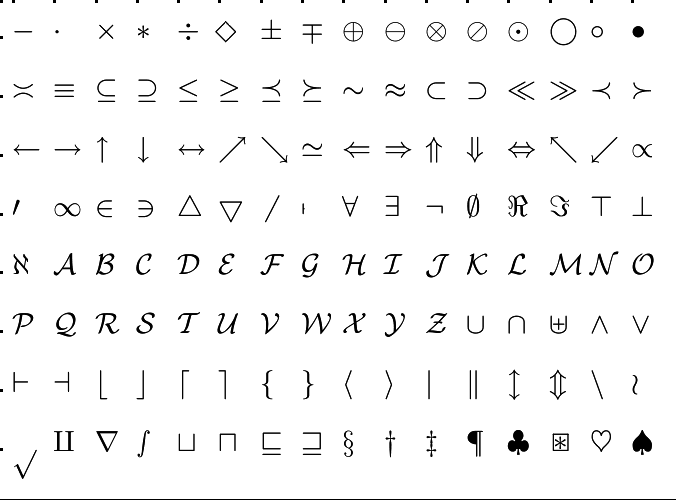Hoofdstuk 12 Differentiëren *: Quotientregel *
 The quotient rule for differentiation
The quotient rule for differentiation
Let #f# and #g# be functions. The quotient function #\dfrac{f}{g}# is the function that assigns the value #\dfrac{f(x)}{g(x)}# to #x#. The following rule determines the derivative of a quotient function:
Quotient rule for differentiation
The derivative of #\dfrac{f}{g}# is #\dfrac{f'\cdot g-g'\cdot f}{g^2}#, in which #g^2# is the product #g\cdot g#, so \[\left(\dfrac{f}{g}\right)'(x) = \dfrac{f'(x)\cdot g(x)-g'(x)\cdot f(x)}{g(x)^2}\tiny.\]
The difference quotient of #\dfrac{f}{g}# between #x# and #c# is equal to \[\begin{array}{rcl} \dfrac{\dfrac{f}{g}(x)-\dfrac{f}{g}(c)}{x-c}&=& \dfrac{\dfrac{f(x)}{g(x)}-\dfrac{f(c)}{g(c)}}{x-c}=\dfrac{\dfrac{f(x)g(c)-f(c)g(x)}{g(x)g(c)}}{x-c}\\ &=&\dfrac{f(x)g(c)-f(c)g(x)}{g(x)g(c)(x-c)}\\ &=&\dfrac{g(c)\frac{f(x)-f(c)}{x-c}-f(c)\frac{g(x)-g(c)}{x-c}}{g(x)g(c)}\tiny.\end{array}\] Since #g# is differentiable in #c# and hence continuous (see The notion of the difference quotient), #\lim_{x\to c}g(x) = g(c)# applies. Therefore, the limit for #x\to c# of the difference quotient of #\frac{f}{g}# is equal to \[\begin{array}{rcl}\left(\frac{f}{g}\right)'(c) & = & \lim_{x\to c} \dfrac{g(c)\frac{f(x)-f(c)}{x-c}-f(c)\frac{g(x)-g(c)}{x-c}}{g(x)g(c)}\\ &=& \dfrac{g(c)\lim_{x\to c}\frac{f(x)-f(c)}{x-c}-f(c)\lim_{x\to c}\frac{g(x)-g(c)}{x-c}}{g(c)\lim_{x\to c}g(x)}\\ & = &\dfrac{g(c)f'(c)-f(c)g'(c)}{g(c)^2}\tiny.\end{array}\]
The conclusion is that the derivative of #\dfrac{f}{g}# in #c# is equal to # \dfrac{g(c)f'(c)-f(c)g'(c)}{g(c)^2} = \dfrac{f'\cdot g-f\cdot g'}{g^2}(c)#.
According to the quotient rule for differentiation the derivative of #\dfrac{f}{g}# is equal to\[\begin{array}{rcl}\dfrac{f'(x)\cdot g(x)-g'(x)\cdot f(x)}{g(x)^2} &=& \dfrac{(2x+8)\cdot (4\cdot x-1)-4\cdot (x^2+8\cdot x-2)}{(4\cdot x-1)^2}\\ & =& {{4\cdot x^2-2\cdot x}\over{16\cdot x^2-8\cdot x+1}}\tiny.\end{array}\]

Or visit omptest.org if jou are taking an OMPT exam.



